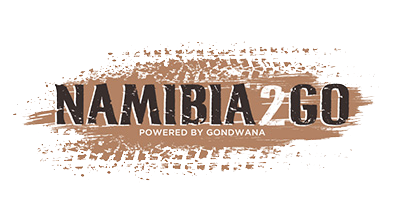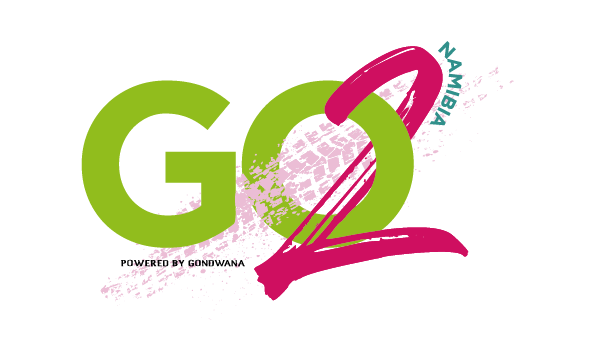The Swartberg Pass, linking Oudtshoorn to Prince Albert, is a beautiful 24km meander through the Swartberg Mountain Range where the folds, bends and cliffs create spectacular scenery.
Before the days of machinery and dynamite, when horse-drawn carts and ox-wagons were the mode of transport, road builders depended on manual labour to get the job done. Jan Tassie began work on the pass in October 1881. When he ran into problems, with labour and finances, after completing only 5.6km of the road, Thomas Bain took over with his team of 240 prisoners, mostly from the George-Knysna area. The packed dry-stone walls that can still be seen on the pass today are characteristic of his work. ‘Zwartberg Pass’ was officially opened on 10th January 1888.
The names along the way tell many stories, like ‘Blikstasie (Tronk)’ (Tin Station) and site of the old jail; ‘Teeberg’, a spot where Prince Albert residents used to come and pick honeybush tea; ‘Malvadraai’, a bend in the road where geraniums grow; ‘Eerstewater’, the first river crossing on the northern side; ‘Droëwaterval’ (Dry Waterfall); ‘Die Stalletjie’, where the post-coach mules and horses were fed and watered; and ‘Skelmdraai’ (Tricky bend) for obvious reasons. Ruins include those of the ‘Hotelletjie’ (Little Hotel), ‘Blikstasie’ and the ‘Die Stalletjie’.
It's the old stories garnered by Helena Marincowitz, however, that take you back a hundred years and put a smile on your face.
𝐊𝐨𝐥𝐛𝐨𝐨𝐢, 𝐑𝐨𝐧𝐝𝐬𝐨 𝐚𝐧𝐝 𝐭𝐡𝐞 𝐦𝐚𝐢𝐥 𝐜𝐨𝐚𝐜𝐡
The stories have been passed down from parents to children and from children to grandchildren. Frieda Haak remembers the story told by her grandfather, Jan Haak, who had the contract to carry post between Prince Albert and Oudtshoorn.
As the story goes, when the driver of the mail coach stopped and alighted early one chilly winter morning to pay the toll, the two horses ‘Kolbooi’ and ’Rondso’ had ideas of their own. When he emerged from the toll house ten minutes later, he looked around with dismay. There was no sign of the mail coach or the horses. They had eagerly taken the opportunity to return home - with the coach - to their large, warm yard at the hotel in Prince Albert.
𝐓𝐡𝐞 𝐃𝐨𝐝𝐠𝐞 𝐚𝐭 𝐃𝐫𝐨𝐞̈𝐰𝐚𝐭𝐞𝐫𝐯𝐚𝐥
When a Dodge car spluttered and ran out of fuel at Droëwaterval, the owner poured a container of Witblitz into the tank. Then he started the car and continued with the steep climb to the tollhouse. He caused a stir when he arrived and everyone gathered around him to get a whiff of the enticing fumes.
(The fiery liquor is still distilled at the Fransie Pienaar Museum in Prince Albert today.)
𝐃𝐫𝐢𝐯𝐢𝐧𝐠 𝐨𝐧 𝐭𝐡𝐞 𝐫𝐢𝐠𝐡𝐭 𝐬𝐢𝐝𝐞 𝐨𝐟 𝐭𝐡𝐞 𝐫𝐨𝐚𝐝
The Swartberg Pass was daunting for those who came from flatter areas of the country, who weren’t used to steep ascents or descents. When a ‘Free Stater’ tackled the pass, his courage failed hm. Unable to turn his car around, he inched along on the right-hand side of the road, a distance away from the sheer drop on the left.
When a motorist from Prince Albert came across the car driving on the wrong side of the road, he stopped and asked the driver if he needed some assistance. The driver rolled down his window and boldly told him: “You can pass close to the precipice, but I’ll be damned if I’ll drive nearer to it than this!”
𝐋𝐢𝐤𝐞 𝐭𝐡𝐞 𝐛𝐚𝐜𝐤 𝐨𝐟 𝐡𝐢𝐬 𝐡𝐚𝐧𝐝
In the thirties, Dirk Kruger, a shop owner and transport contractor, used to regularly convey passengers and goods along the Swartberg Pass. Sometimes he would transport patients to the Oudtshoorn hospital. He knew it like the back of his hand.
This held him in good stead when his lights failed him one night as he drove over the pass. His daughter, Marie Botes, remembered the story of how he managed to drive over the pass in pitch black on a dark night.
Another time, when the mountains were covered in snow, Dirk had to wait fourteen days on the Oudtshoorn side of the pass before he could drive home to Prince Albert.
(Even today, the pass is occasionally closed after snowfall.)
𝐁𝐨𝐞𝐠𝐨𝐞𝐤𝐥𝐨𝐨𝐟 𝐚𝐧𝐝 𝐭𝐡𝐞 𝐀𝐮𝐬𝐭𝐢𝐧
Another car story involved a driver whose courage failed him at the steep section at Boegoekloof on the Oudtshoorn side of the pass. He decided not to continue, but couldn’t turn the car around, so he stopped and left it in the road, placing stones behind the wheels and set off on foot.
When the first passerby stopped and asked if he could help, the reply was: “Yes, do you have anything strong to drink? My nerves are shattered!”
And so the stories are remembered of times of old, of horses’ hooves that froze in the snow; of ghosts that haunt the pass; of those who found themselves in thick mist, metres from the precipice; and those who found the steep snaking route more than they could handle. They are all woven into the history of the pass and the mountains that still awe every traveller who makes his way through the Karoo along this route.
(References: ‘Discover & Explore the Swartberg Pass’, Rudi Oberholzer; ‘Prince Albert local stories’, Helena Marincowitz, Fransie Pienaar Museum, 2000)


.png)
.jpg)
.jpg)




.png)

SUBMIT YOUR COMMENT